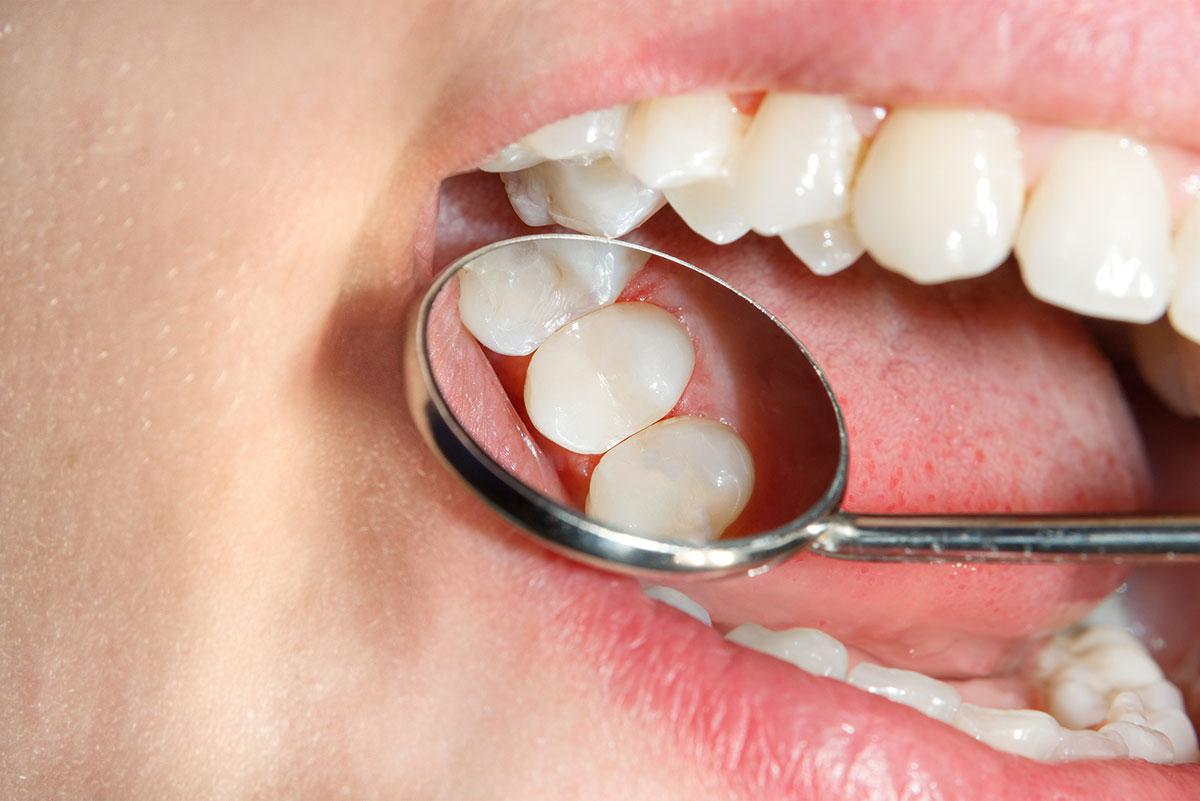How to Manage Post-Procedure Swelling and Discomfort After Getting New Crowns and Bridges
Crowns and bridges are the go-to gold standard for restorative dental solutions. These treatments effectively replace damaged or missing teeth and restore both function and aesthetics. While these procedures significantly benefit the oral health and quality of life of patients, it's very common to experience mild swelling and discomfort during the initial postoperative period. Here’s everything you need to know about how you can have a more comfortable recovery after getting new crowns and bridges, including how to deal with swelling and pain:
Why Swelling and Discomfort Happen
Swollen gums and general discomfort after dental bridge or crown placement are both normal physiological responses that are no cause for alarm. This reaction stems from several factors, including:
- Tissue response - The body's natural inflammatory response to dental work.
- Irritation - Minor irritation from dental tools, local anesthesia, or the placement of temporary crowns.
- Bite adjustment: The oral cavity's adaptation to the new dental prosthetics which may require adjustments to ensure proper occlusion.
What to Expect in the First 24–48 Hours
During the first two days after crown or bridge placement, it’s common for patients to experience the following symptoms:
- Mild swelling in the gums and jaw area.
- Tenderness around the treated area.
- Increased sensitivity post-crown and tooth sensitivity after crown placement.
It’s important that before undergoing these procedures, patients know how to differentiate between normal post-operative symptoms and potential complications.
For example, while some mild pain and swelling are OK, persistent or escalating pain after getting a dental crown, severe gum swelling after a bridge, or signs of infection warrant immediate consultation with a dental professional.
5 Tips for Reducing Swelling and Discomfort
Recovering from dental work, especially after receiving new crowns and bridges, sometimes means enduring a bit of discomfort or even pain, as these are the body’s normal reactions.
Never fear, there are simple things you can do to make yourself more comfortable during the healing process.
These techniques are designed to help manage swelling and pain after getting new dental crowns and bridges, letting you get back to your normal activities as quickly as possible:
1. Cold Compresses
Applying cold compresses to the outside of the cheek near the treated area can work wonders in minimizing swelling from dental treatments.
Think of it like icing a sprained ankle. The cold helps constrict blood vessels, which reduces inflammation and numbs the area, providing some welcome relief.
A good rule of thumb is to apply the cold compress for 10-15 minutes at a time, followed by a 10-minute break. This on-and-off approach prevents excessive cooling and allows the tissues to recover between applications.
2. Over-the-Counter Pain Relief
Over-the-counter pain relievers like ibuprofen or acetaminophen can be used for dental crown pain relief and pain management after bridge placement, following recommended dosage guidelines. These medications help reduce inflammation and alleviate discomfort.
It’s important to follow the dosage instructions on the label and also to avoid taking aspirin unless specifically recommended by your dentist. Aspirin can increase the risk of bleeding, which isn’t ideal after a dental procedure.
3. Saltwater Rinses
Warm saltwater rinses can be incredibly soothing for irritated gums after dental work. The warm salt water helps reduce inflammation and can act as a mild antiseptic, reducing your risk of infection.
To prepare the rinse, dissolve half a teaspoon of salt in eight ounces of warm water. Gently swish the solution around the mouth for about 30 seconds, then spit it out. This can be done several times a day and is recommended after meals.
4. Soft Foods and Hydration
It’s best to stick to soft, non-irritating foods during the initial healing period. Think comfort mashed potatoes, yogurt, smoothies, and soups. Avoid anything hard, crunchy, sticky, or overly hot, as these can irritate the treated area and delay healing.
Staying well-hydrated is also crucial to a comfortable recovery after dental procedures. Drinking plenty of water helps to flush out any lingering debris and keeps the mouth moist, which promotes healing.
5. Gentle Oral Hygiene
Maintaining good oral hygiene is essential to a successful recovery, but patients need to be gentle around the new crowns and bridges.
Use a soft-bristled toothbrush and brush carefully, avoiding any vigorous scrubbing. Flossing is also important, but be extra cautious around the treated area. A gentle, non-alcohol-based mouthwash can also help keep the mouth clean.
By following these simple steps, individuals can significantly reduce discomfort and promote faster healing after receiving new crowns and bridges. It’s always important to listen to the body and to contact your dentist if any unusual or concerning symptoms arise.
Warning Signs: When to Seek Professional Attention
While mild discomfort is expected, certain symptoms require an immediate dental consultation, such as:
- Prolonged or worsening pain and swelling
- Ill-fitting crown or bridge, causing bite discomfort
- Signs of infection, such as fever, pus discharge, or a foul odor
Long-Term Comfort and Care
Post-procedure, minor bite adjustments may be necessary to ensure optimal comfort and function. Sensitivity to temperature or pressure typically diminishes over time.
Finally, be sure to schedule regular checkups with your dentist. Routine dental visits are vital to monitor the integrity and functionality of crowns or bridges and promote the best results.
Comfortable Healing After New Bridges & Crowns
Experiencing mild discomfort following crown and bridge placement is a normal part of the healing after a dental crown procedure.
Adhering to post-crown discomfort remedies and maintaining vigilant oral hygiene can significantly reduce your level of discomfort and prevent complications.
Remember that any unusual or concerning symptoms beyond mild pain, swelling, and sensitivity should be promptly addressed by a dental professional.
Regular follow-up appointments with your dentist will help to maintain the health of the crowns and bridges for years to come.
Want to learn more about our dental treatments and services? Schedule an appointment today at Woodland Hills Dental for all your dental care needs.


